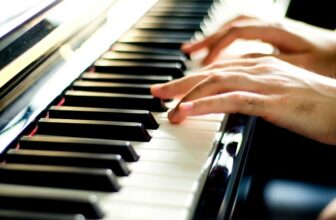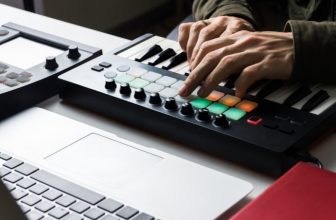How Many Keys Are Needed For Beginner Piano/Keyboards?
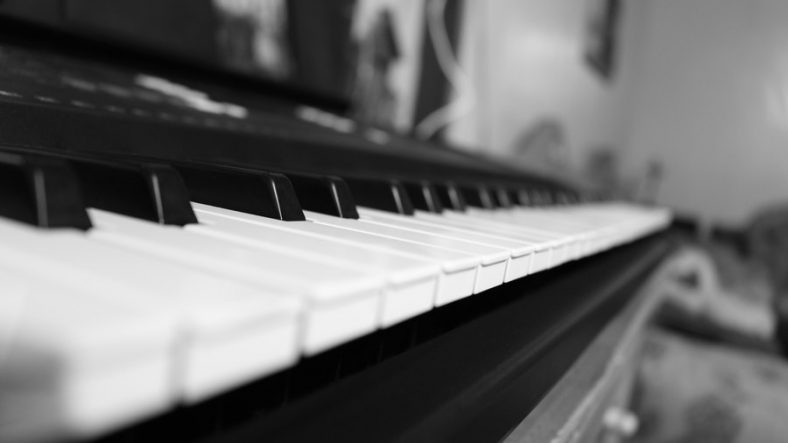
Beginners need a keyboard with at least 61 keys (or 72-key, which will cover most music). You should get an 88-keys keyboard if you want to play classical music or if you’re serious about getting very skilled at the piano/keyboard.
If you are a beginner pianist, you might be wondering about what the optimal key size of a piano/keyboard should be. Keyboards ranging from 61, 72, to 88 keys should all work well for beginner pianists. Which one you go for is totally up to you!
Contents
- How Many Keys are on a Beginner Piano Keyboard?
- How Many Keys are on a Piano?
- 1. Korg B2 88-Key Digital Piano Bundle
- 2. Alesis Recital | 88-Key Digital Piano
- 3. Roland GO-61P | 61-Key Digital Piano
- Understanding the Keys on a Piano Keyboard
- What to look for and how to Choose the Right Piano/Keyboard?
- Conclusion
How Many Keys are on a Beginner Piano Keyboard?
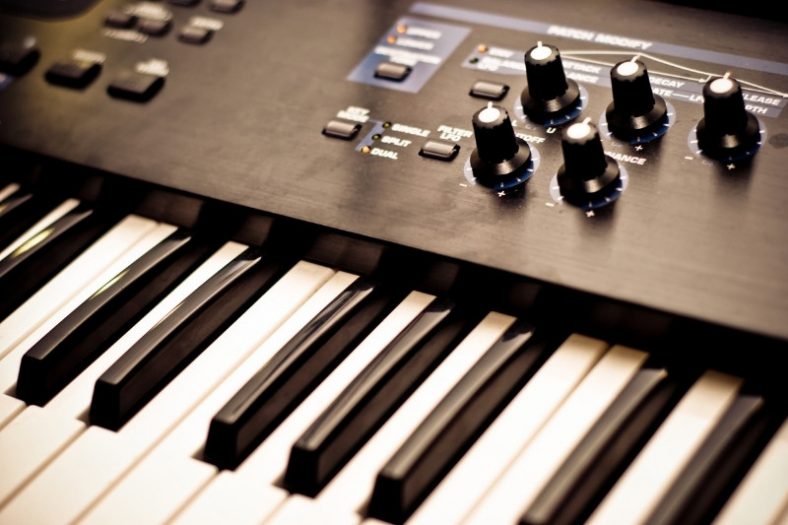
If you’re a beginner you should consider getting at least a keyboard with 61 keys. These keyboards have a 5-octave range with one added key. Though, if you have the budget, it is still worth getting an 88-key keyboard, as you will want to progress with this later. And, it’s fun!
When you go shopping for a keyboard you will notice that most of the keyboards are separated by having 61 or 88 keys.
Smaller keyboards do exist, especially if you’re buying electronic equipment, but they are mostly used for DJing and electronic music and not for a standard piano playing as they usually have just two or even one octave of keys.
How Many Keys are on a Piano?
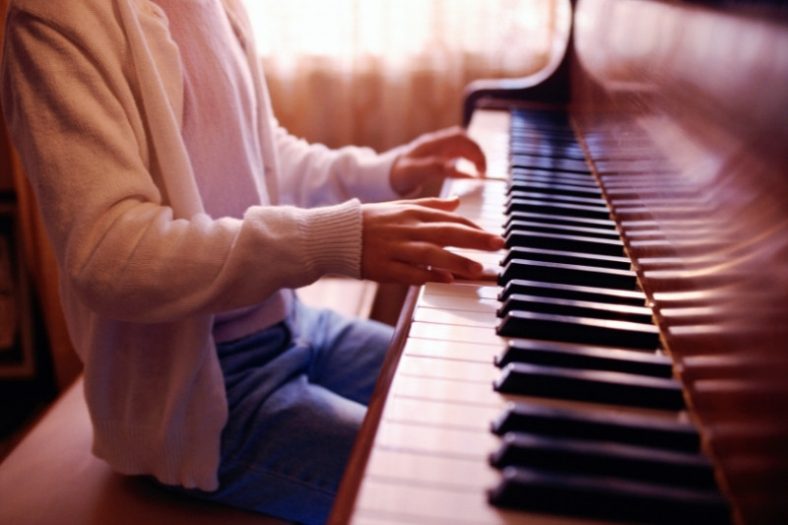
Most pianos today have an 88-key keyboard to accommodate the full 7 octaves plus three additional notes on both ends of the keyboard. Of course, you can get bigger keyboards with specialized keys, but those are used strictly by professionals who know what they’re doing and why they need those added octaves and keys.
88 keys keyboard is a standard classical piano keyboard. Whether you’re buying an acoustic or electronic piano/keyboard, you won’t make a mistake if you buy this setup. They are of course pricier, but you can never have too many keys on your keyboard and you will be able to play anything you want.
1. Korg B2 88-Key Digital Piano Bundle
This is a standard 88 keys (A0-c8) keyboard with natural weighted hammer action (three levels of weight), providing you with the weighted feel of an acoustic piano playing.
This is really important for a beginner because if you start learning on unweighted keys, you’re likely going to bring the bad posture to the more advanced weighted keyboards once you get there.
As for the options, you can choose from 10 different preset sounds and also use chorus and rever effects.
It works on a standard power supply and it packs MIDI out as well as two headphone jacks, so both you and your teacher can listen at the same time at what you’re playing.
This is a great, mid-range price piano that will last you for decades if you decide to buy it. Especially this bundle pack that provides everything you need for a great start.
2. Alesis Recital | 88-Key Digital Piano
The Alesis Recital is a more modern looking digital piano. Keys are full-sized and semi-weighted, allowing for learning the proper way how to play the piano. You can also set up three different levels of stiffness in the keys and match your playing style.
As for the connectivity, it has stereo AUX output, two 1/4” jacks for sustain pedal, and headphones and USB-MIDI connection jack, allowing you to use this both as a piano and as a MIDI controller.
As for the power, you can connect it to the power supply or use batteries to power it. All in all, this is a great, affordable keyboard for anyone looking to get an all-in-one product that can be used for years to come.
3. Roland GO-61P | 61-Key Digital Piano
There are several versions of the GO-61 model, depending on what you need in terms of controller settings and MIDI options but here we chose the Piano model which is the sleekest and most compact classical piano model out there.
This model has 61 semi-weighted keys, but they give out nice resistance when playing and you can learn how to feel the keys similarly as on the acoustic piano. You can also set up the sensitivity of the keys. Inside you can find some of the best Roland piano sounds, so if sound quality is big for you, then this is your keyboard.
As for the connectivity, you get 3.5mm jacks for output and you can use batteries for power supply. Also, the great thing is the Bluetooth connection, through which you can connect your phone and play it through the speakers. This is a great, small, cheap keyboard for beginners to start practicing.
Understanding the Keys on a Piano Keyboard
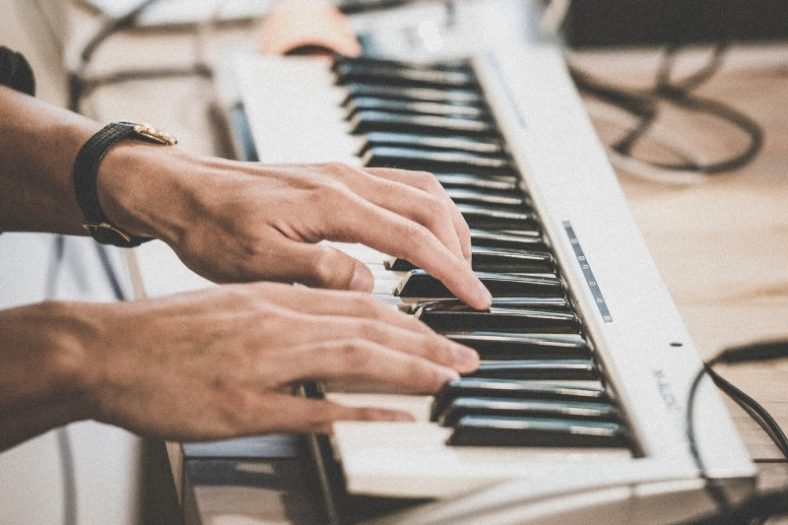
But to get to that, we need to get to the question of how the piano works. As you probably already know, the piano keyboard has black and white keys which you press to hit different notes.
These keys are connected to the hammers that hit the strings (on the acoustic piano) and produce the sound we hear. And how are the keys distributed and how do we know which key hits which note?
Throughout history, the piano has evolved over the centuries to the instrument it is today. And one of the key changes to the instrument was made when the black keys were added in that particular 2-3 order. And to get to why it was done, we have to understand how the notes on a piano work.
White keys hit the standard notes we all know on a major scale. That means C D E F G A B C is sequentially spread over the keyboard, repeating in that manner one after another. But, as you probably already know, there are also semitones you can play, with notes being sharp (C#) or flat (Cb).
So, to allow for the piano players to add the semitones, black keys were added and somebody smartly took and arranged them in order of how they go on a scale. And that’s the reason why we today have a full 12 keys octave in that order, repeating itself on a keyboard from left to right from lower to higher tones.
What to look for and how to Choose the Right Piano/Keyboard?
It’s important to remember that most piano/keyboards come with a hefty price tag, more so, it can be quite an investment so that’s why it’s important to choose wisely, and here are a couple of things to consider.
When you decide to buy a keyboard, make sure to have at least mid-range qualities so that you can avoid additional purchases at least soon. Check the compatibility of the device, the connectivity, and whether or not it’s usable on your PC (at least).
Check the storage on the device, make sure it has mid-range storage at least. See how many inputs and outputs it has and read a few reviews about the recording and sampling capabilities. It’s worth the research trust me!
Lastly, of course, is the key size. As mentioned, 61 to 88-key keyboards are a good way to go for beginners and if you get a chance, try the keyboard out in your local music store. Check the sound and if the keyboard feels comfortable for you.
Conclusion
Beginners need a keyboard with at least 61 keys, while professional musicians might need to have at least 88 keys. Check the sound and if the keyboard feels comfortable for you.
Piano keyboards generally come in two types: Acoustic piano or Electronic Keyboard. You can get a bigger Keyboard with more extensive features for a higher price but that is only recommended after you have a better understanding of what you specifically need.
Check the options above and see which one fits best. If you get a chance, make sure to check it out in your local music store. Nothing beats the on-hand experience and hearing it for yourself. Good luck!




